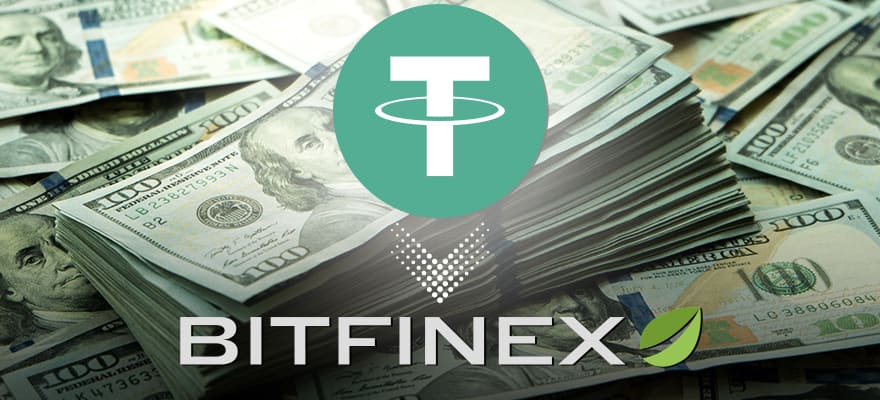Both cryptocurrency exchange Bitfinex and stablecoin issuer Tether have issued nearly-identical statements in anticipation of what was referred to as a “meritless and mercenary” lawsuit that both companies are expecting in response to the existence a “bogus study” alleging that USDT has been used to manipulate the crypto market.
According to both companies, the study is unpublished and is not peer-reviewed; neither company mentioned the study by name. However, there is some speculation that the statements could be referring to a Bloomberg article citing data from crypto market data platform TokenAnalyst.
Tether Anticipates Meritless and Mercenary Lawsuit Based on Bogus Studyhttps://t.co/CTgxd9blj2
— Tether (@Tether_to) October 5, 2019
The article claimed that TokenAnalyst found that “following issuance of Tethers on the Ethereum Blockchain , as so-called ERC-20 tokens, the price of Bitcoin moves up 70% of the time...on Omni, which is linked to the Bitcoin digital ledger, the price of Bitcoin moves up 50% of the time.”
Bitfinex fired back, saying that “Bitfinex and its affiliates have never used Tether tokens or issuances to manipulate the cryptocurrency market or token pricing,” and that it was “irresponsible” to suggest otherwise.
“We fully expect mercenary lawyers to use this deeply flawed paper to solicit plaintiffs for an opportunistic lawsuit, which may have been the true motive of the paper all along,” Tether wrote in its statement.
“In fact, we would not be surprised if just such a lawsuit will be filed imminently. In advance of any filing, we want to make clear our position that any claims based on these insinuations are meritless, reckless, and a shameless attempt at a money grab. Accordingly, Tether will vigorously defend itself in any such action.
Tether & Bitfinex have been accused of being too close for comfort in the past
This is not the first time that Tether and Bitfinex have been accused of working in tandem to orchestrate market manipulation.
The author of the article, tech writer Olga Kharif, pointed this out in her piece: “Tether has been at the center of controversy since it was introduced as a way to provide Liquidity in the more than $200 billion digital-asset market, where lingering concerns about illegal uses have made it difficult for many exchanges to secure banking services. ...Why and when Tether is issued is often a mystery, with officials of the private company saying the tokens are minted to meet orders from larger customers.”
In June of 2018, the New York Times published a story including the details of a paper published by John Griffin, a finance professor at the University of Texas, and Amin Shams, a graduate student. The paper was also not peer-reviewed at the time of its publication.
However, the New York Attorney General’s office brought a lawsuit against iFinex, the parent company of both Bitfinex and Tether, earlier this year. The NYAG alleged that Tether’s reserves were used to cover an $850 million loss.
In July, Bitfinex announced that it had repaid $100,000,000 to Tether.

















